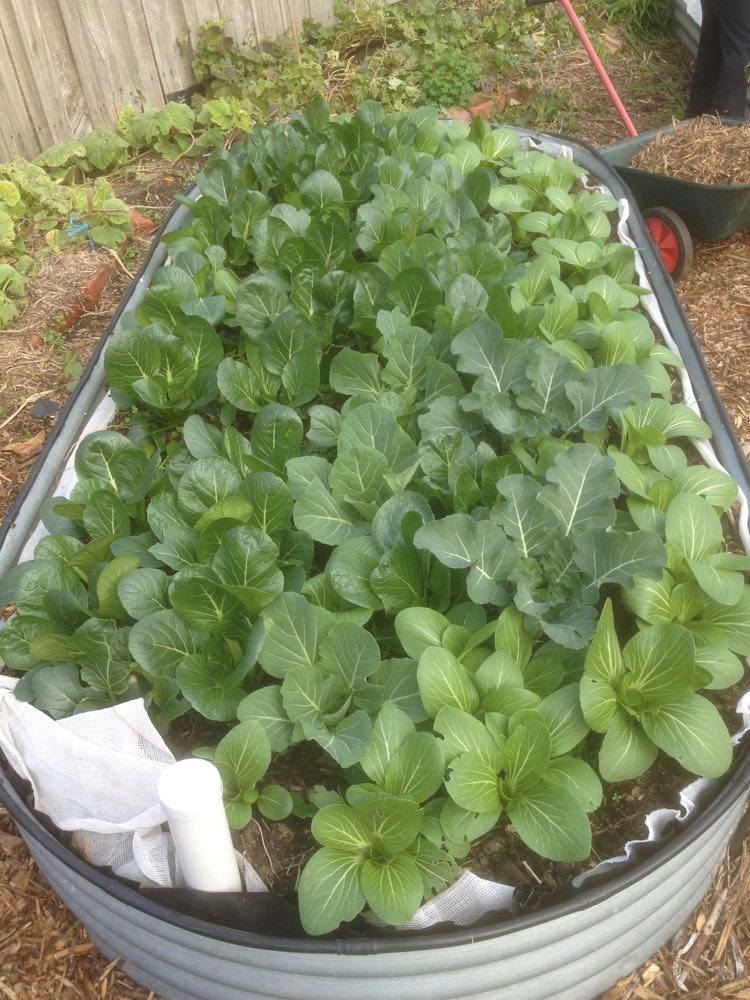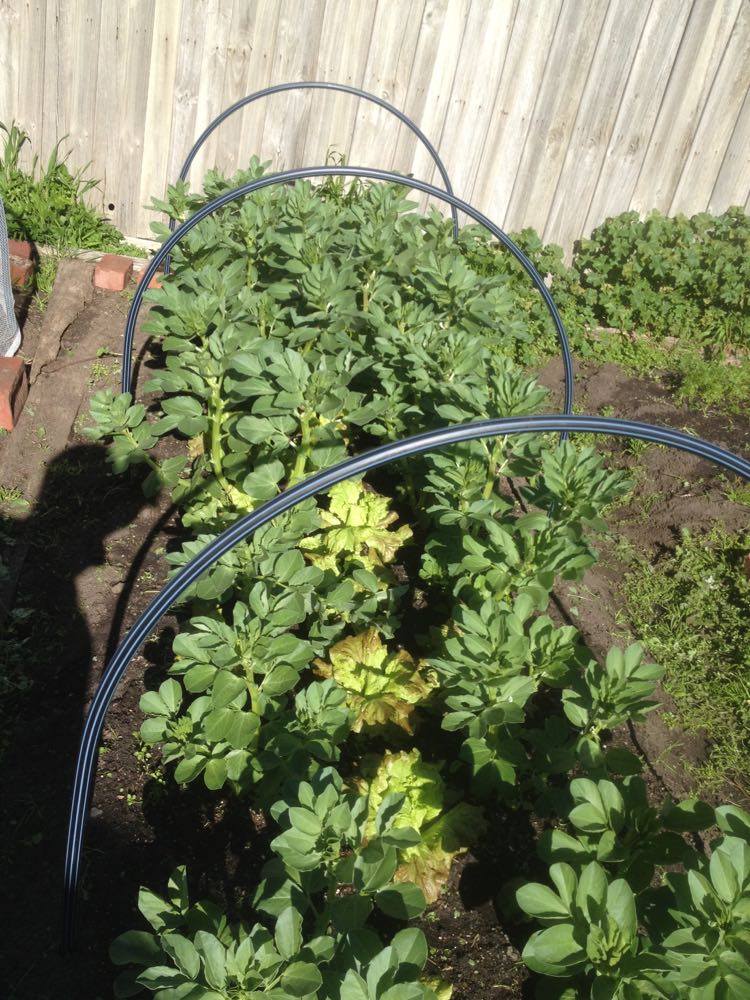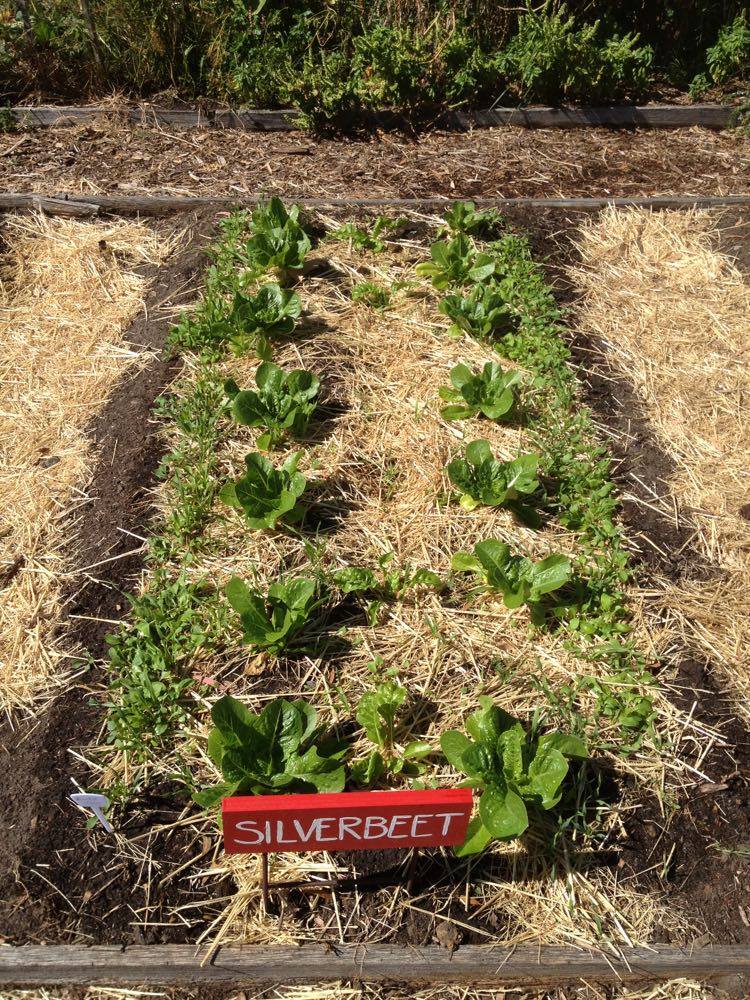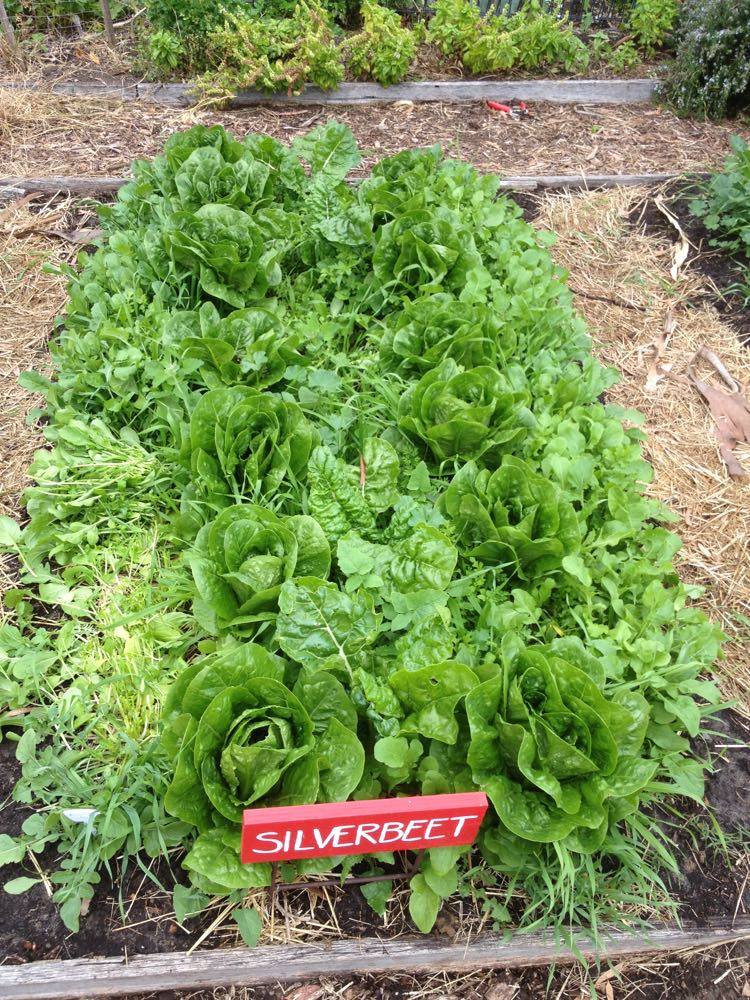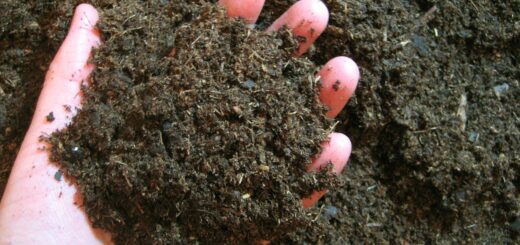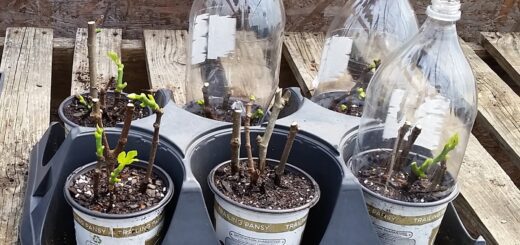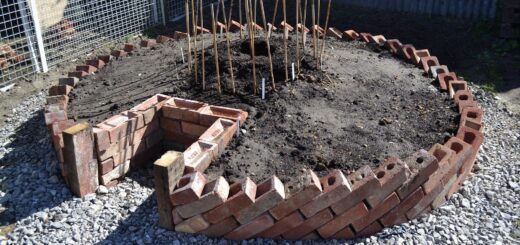Autumn planting guide
During autumn the days will become shorter and temperatures cooler. The general rule of thumb is to plant around the autumn equinox for winter harvest.
There are a variety of short term vegetables that can be harvested after 4 weeks. Rocket is a fast grower and the outer leaves can be picked. Rocket will not have a strong mustard flavour when provided with lots of water. However continuous picking will trigger its defensive system and the mustard tang will return. Spinach leaves can be harvested continuously. For baby greens plant dense rows of rocket, spinach and lettuce. Radish will provide a quick harvest in 6 weeks.
- (left to right) white bok choi, broccoli, and green bok choi
- Broad beans and lettuce
The Asian greens are ideal for autumn planting. These include bok choi (green and white stem), choy sum, mustard greens, tatsoi and mizuna.
Medium term vegetables are beetroot, broccolini, broccoli, cos lettuce, daikon, dwarf sugar snap peas, spring onions, shallots and turnip.
Long term vegetables include broad beans, brussel sprouts, cabbage, carrots, cauliflower, garlic, kale, leeks, onions, parsnip, peas, snow peas, silverbeet and swede. Garlic and onions are harvested in October to November. Herbs include coriander and parsley. Perennial herbs are mint, oregano, sage and rosemary.
If you have a small garden plant the short term vegetables of rocket, spinach, radish and Asian greens. This includes lettuce, kale and silverbeet which can be harvested continuously. It is possible to double the harvest through inter-planting short and medium vegetables at the same time. The short term vegetables are harvested sooner. One combination is broccoli with cos lettuce, spinach or rocket planted in between. Do not plant out the whole garden bed. Plant a few rows every 4 weeks of the quickest vegetables to allow for succession harvesting. This can be done to the medium term vegetables too. This does not apply to broad beans, garlic, leek, onions and parsnips.
Certain vegetables do not grow well with competition, such as carrots, garlic and onions. These need separate areas and regular weeding. Parsnip and onions need fresh seeds to have good germination. Carrots can be planted in thin rows and later thin out to two fingers apart. Radish can be planted with carrots, the radish help to spread carrot seedlings and are harvested first.
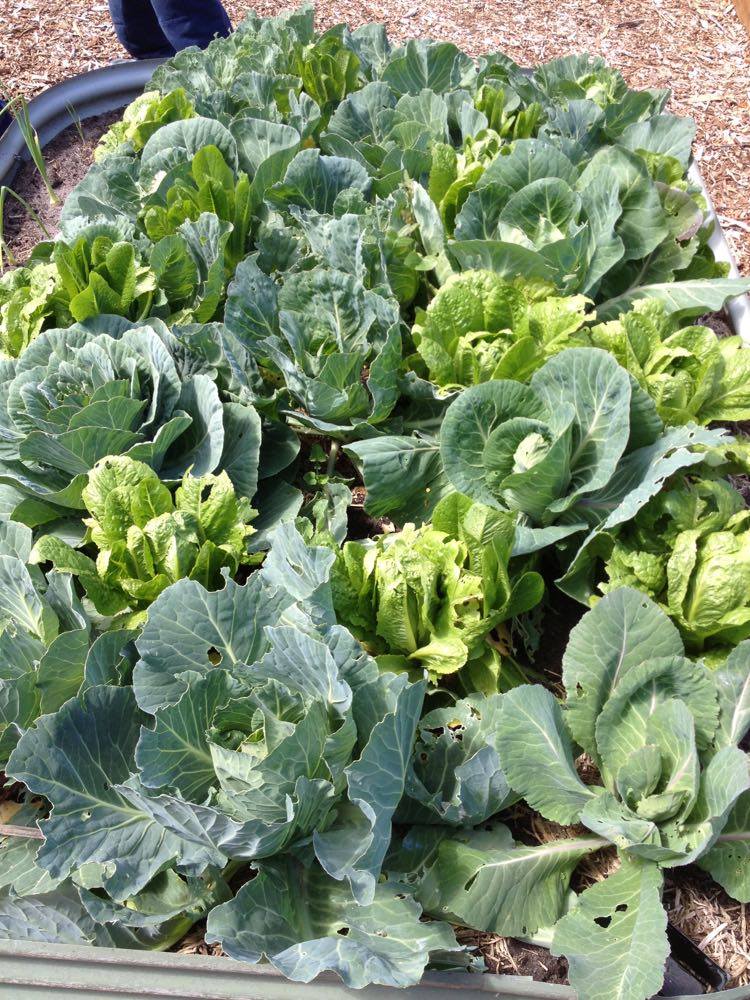
Cabbage and cos lettuce
When planting vegetables be aware of the final mature size of the plants. Spacing and yield will follow the parabola curve, a sloping hill. This means higher density will result in lower yields with each plant. The plants are competing for light, space and nutrients. The exception is inter-planting, the short term vegetables will be harvested providing space for the medium vegetables. During winter the sun is lower on the horizon, plant root vegetables in the sunniest location. Some people prefer a rambling cottage style garden. Be mindful of the light requirement for each vegetable. Ensure the root crops are planted at the front and on the edges.
Most autumn and winter vegetables are leafy greens which require nitrogen. Cow manure and blood and bone are high in nitrogen. Green weeds are high in nitrogen and can be added to the compost. Be sure to remove any seed heads. Carrots, parsnips and legume vegetables do not need any fertiliser. Leeks are heavy feeders and will need manures and compost dug in deeply. Crop rotation guide for planting is Leaf, Fruit, Root and Legumes. In a small garden, crop rotation is not necessary as the nutrients are easily replaced with manures and compost. Crop rotation is essential for pest and disease control, as it breaks the infection cycle and numbers in the soil. Brassica are prone to club root, blister fungus and cabbage moths. Club root is a serious and is caused by a soil fungus. The roots have knobs on them. Solarise the soil by placing a clear plastic tarp and leaving for 4 to 6 weeks during the warmest months, add lime to reduce the acidity and avoid planting any brassica for three to five years.
In these challenging times let us share our knowledge and surplus vegetables with those in need.

